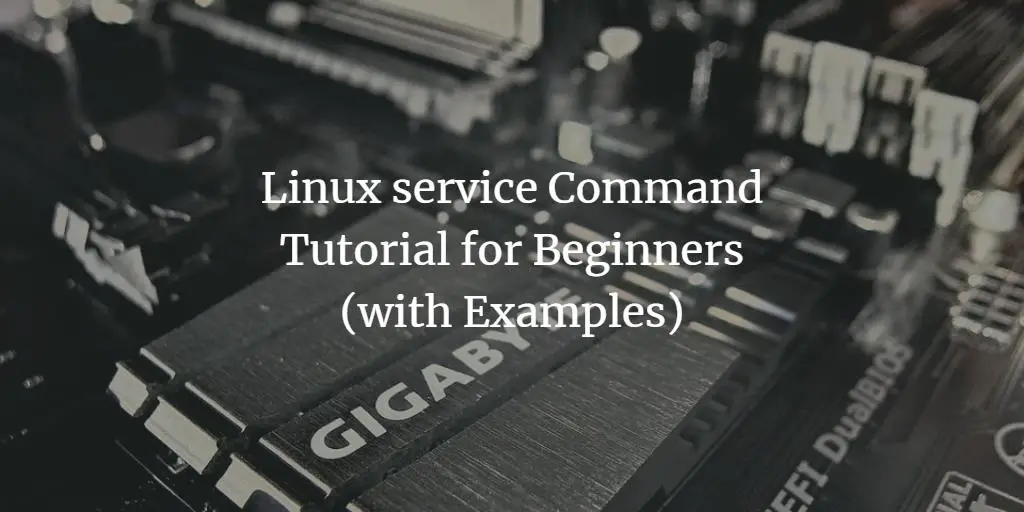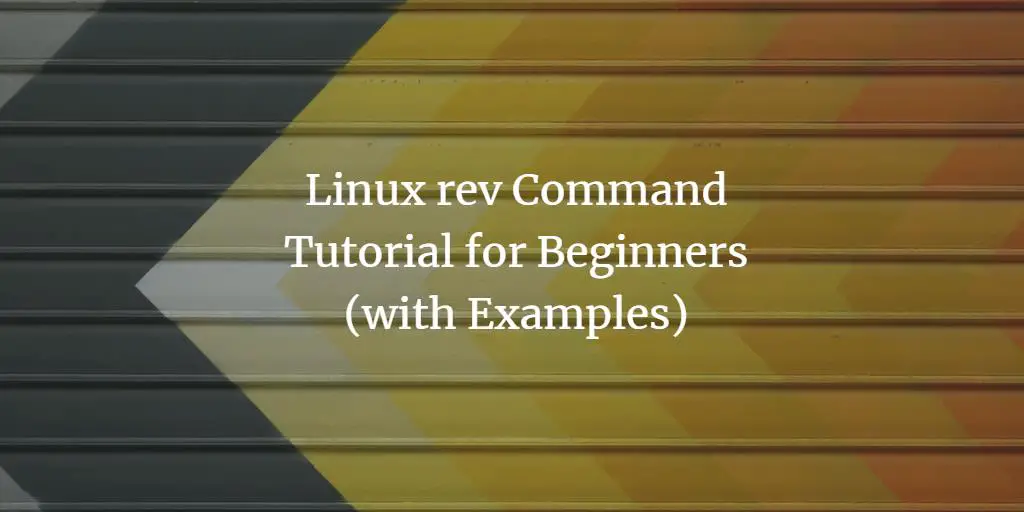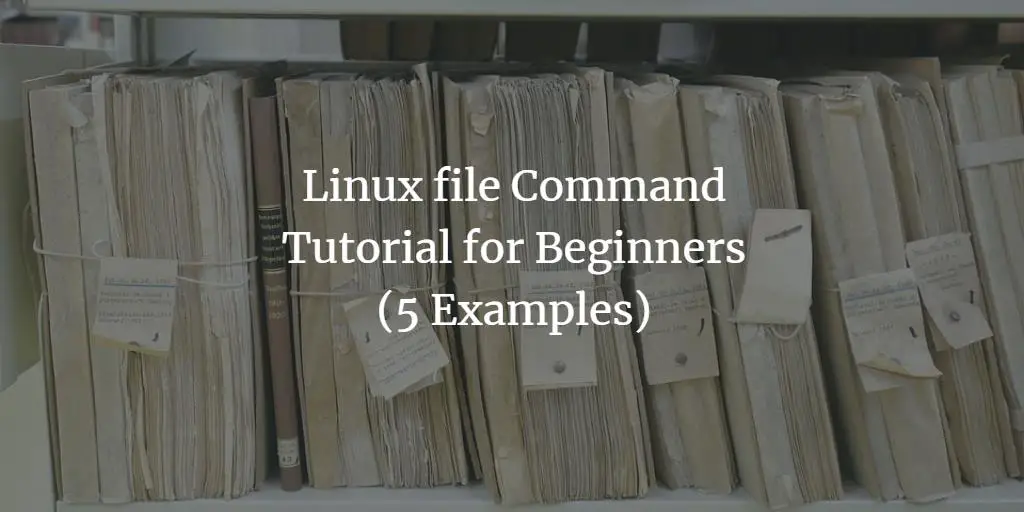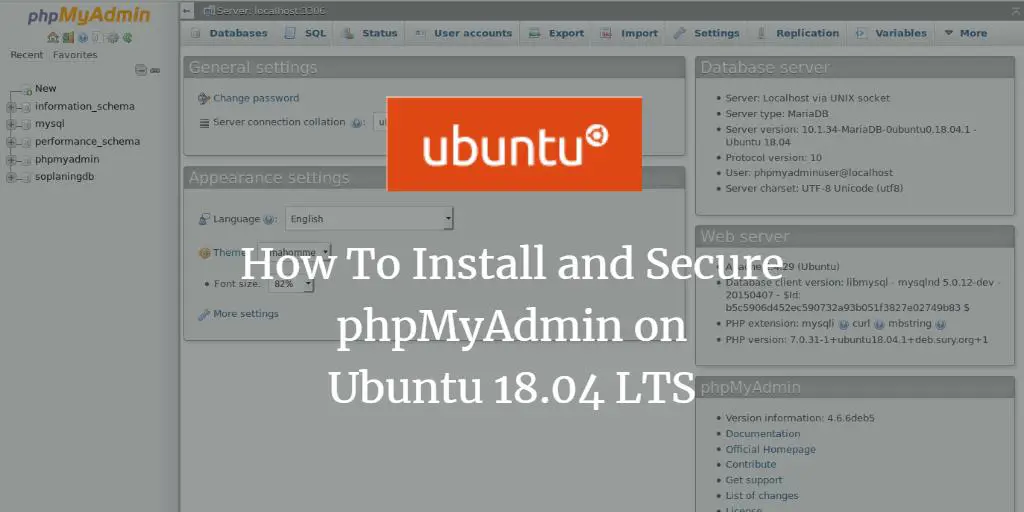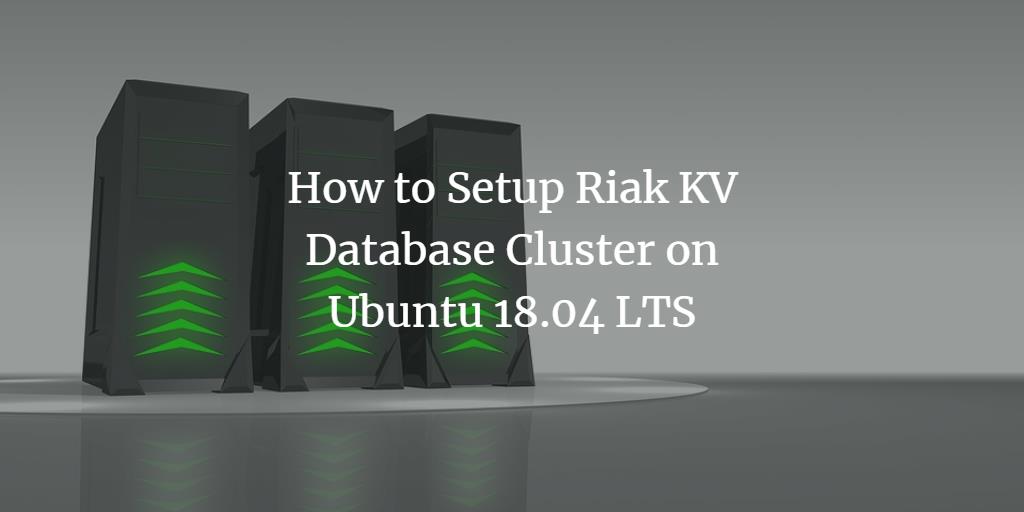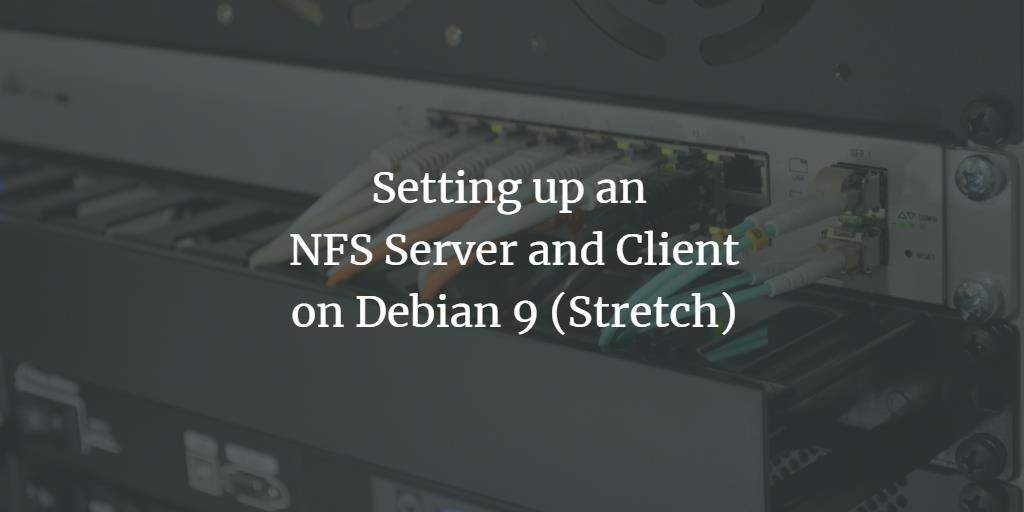HowtoForge provides user-friendly Linux tutorials.
-
Upgrade Zimbra Collaboration Suite 8.7 to 8.8 on Ubuntu
Author: Matteo Temporini • Tags: email, linux, server, ubuntu • Comments: 5The Zimbra Collaboration Server is a mail server, collaborative web application and a web-based mail server admin console in a single application. It provides LDAP, antivirus, antispam, collaboration features and an ajax webmail client. In this tutorial, we will see how to upgrade an installation of Zimbra 8.7.11 to Zimbra 8.8.10 (latest version available).
-
Linux service Command Tutorial for Beginners (with Examples)
Author: Himanshu Arora • Tags: linux, shell • Comments: 0The service command lets you run a System V init script. In this tutorial, we will briefly discuss this tool using some easy to understand examples.
-
How to Install October CMS platform on CentOS 7
Author: Blago Eres • Tags: centos, linux, web server • Comments: 0October CMS is a free, open-source, self-hosted CMS platform based on the Laravel PHP Framework. October CMS source code is hosted on Github. In this tutorial we will walk you through the October CMS installation process on a fresh CentOS 7 server.
-
-
Linux rev Command Tutorial for Beginners (with Examples)
Author: Himanshu Arora • Tags: linux, shell • Comments: 0Sometimes, while working on the Linux command line, you may want to reverse a string or line(s) of text. You'll be glad to know there are command line utilities that let you do exactly this.
-
Spectre and Meltdown CPU Vulnerability Test and Microcode Update on Linux
Author: Jose Gutierrez • Tags: linux, security • Comments: 3This tutorial covers an introduction to Spectre & Meltdown CPU Vulnerabilities, a test to find out if your hardware is affected and instructions on how to install Intel Microcode updates to fix the issue on Linux.
-
How to Install Elxis CMS on Ubuntu 18.04 LTS
Author: Hitesh Jethva • Tags: linux, ubuntu • Comments: 0Elxis CMS is a free and open source CMS written in the PHP language that allows us to create a website from small to websites to corporate websites. It is simple, fast and easy to use so you can easily install it without any programming skills.
-
Linux file Command Tutorial for Beginners (5 Examples)
Author: Himanshu Arora • Tags: linux, shell • Comments: 0While working on the Linux command line, there may be times when you'd encounter a file which is an archive (say a .zip file), but its extension (or lack of it) would suggest otherwise. It's in times like these, the file command proves helpful as it lets you determine the actual file type.
-
How To Install and Secure phpMyAdmin on Ubuntu 18.04 LTS
Author: Hitesh Jethva • Tags: linux, mysql, ubuntu • Comments: 4phpMyAdmin is a free and open source administration tool for MySQL and MariaDB. phpMyAdmin is a web-based tool that allows you to easily manage MySQL or MariaDB databases. In this tutorial, we will be going to explain how to install and secure phpMyAdmin on Ubuntu 18.04 server.
-
How to Setup Riak KV Database Cluster on Ubuntu 18.04
Author: Muhammad Arul • Tags: linux, server, ubuntu • Comments: 1Riak is a distributed NoSQL database that offers high-availability, fault tolerance, operational simplicity, and scalability. In this tutorial, we will show you to step-by-step how to install and configure the NoSQL database Riak KV on Ubuntu 18.04 LTS server. We will create the Riak KV cluster with three Ubuntu servers.
-
Setting up an NFS Server and Client on Debian 9 (Stretch)
Author: Till Brehm • Tags: apache, debian, web server • Comments: 4This guide explains how to set up an NFS server and an NFS client on Debian 9 (Stretch). NFS stands for Network File System; through NFS, a client can access (read, write) a remote share on an NFS server as if it was on the local hard disk. In this Tutorial I will show you two different NFS exports, the export of a client directory that stores files as user nobody / nogroup without preserving filesystem permissions and a export of the /var/www directory which preserves permissions and ownerships of files, as required on a hosting server setup.


